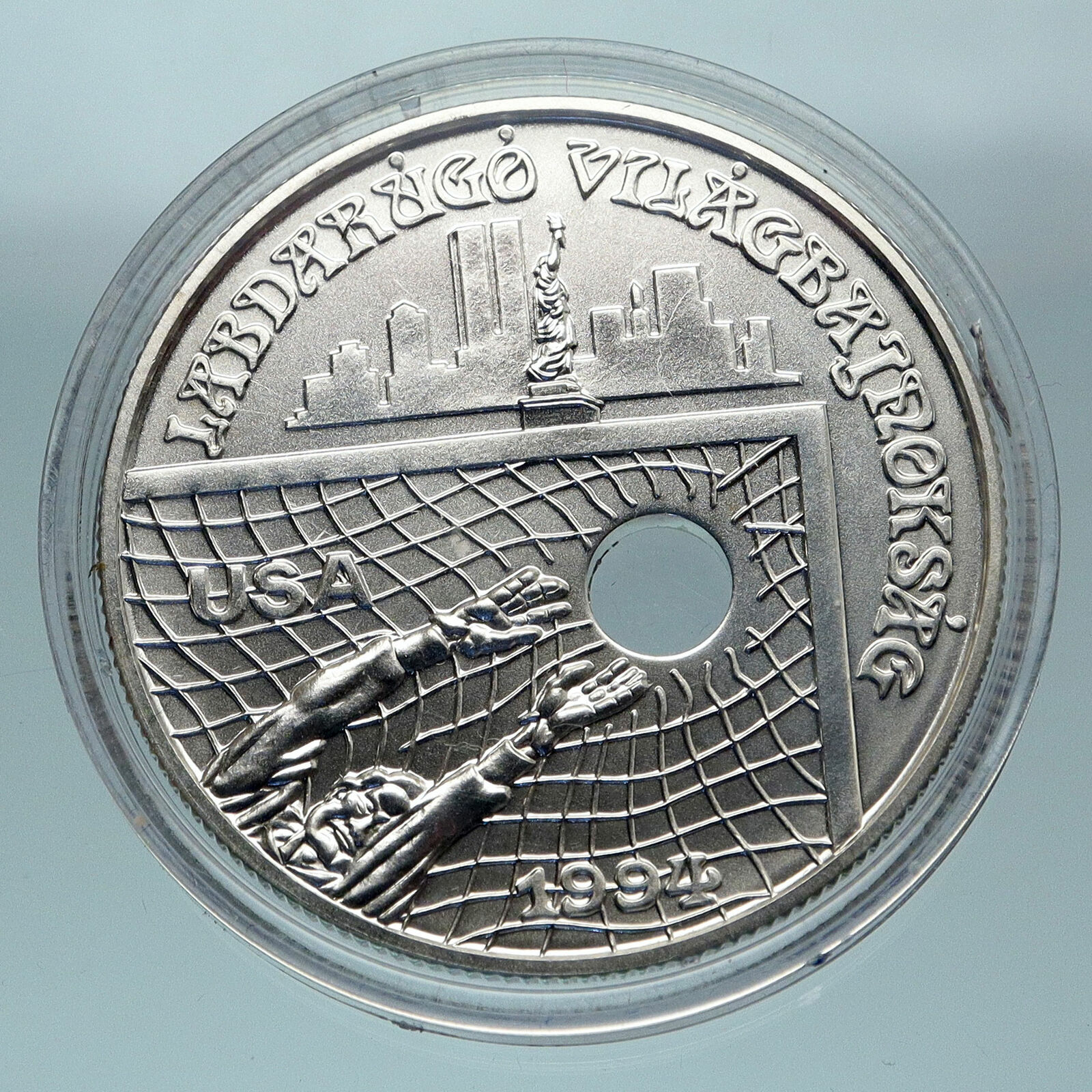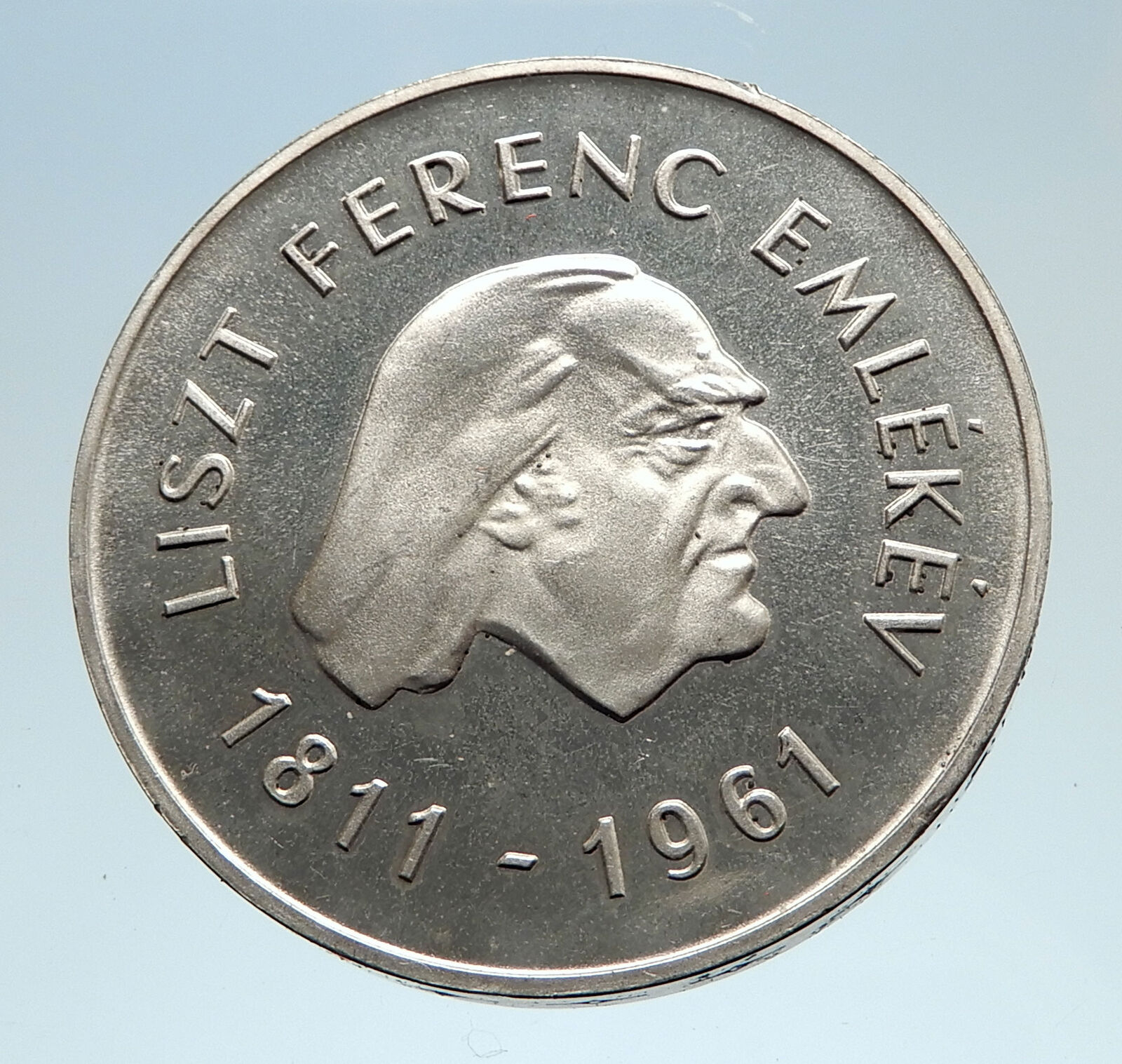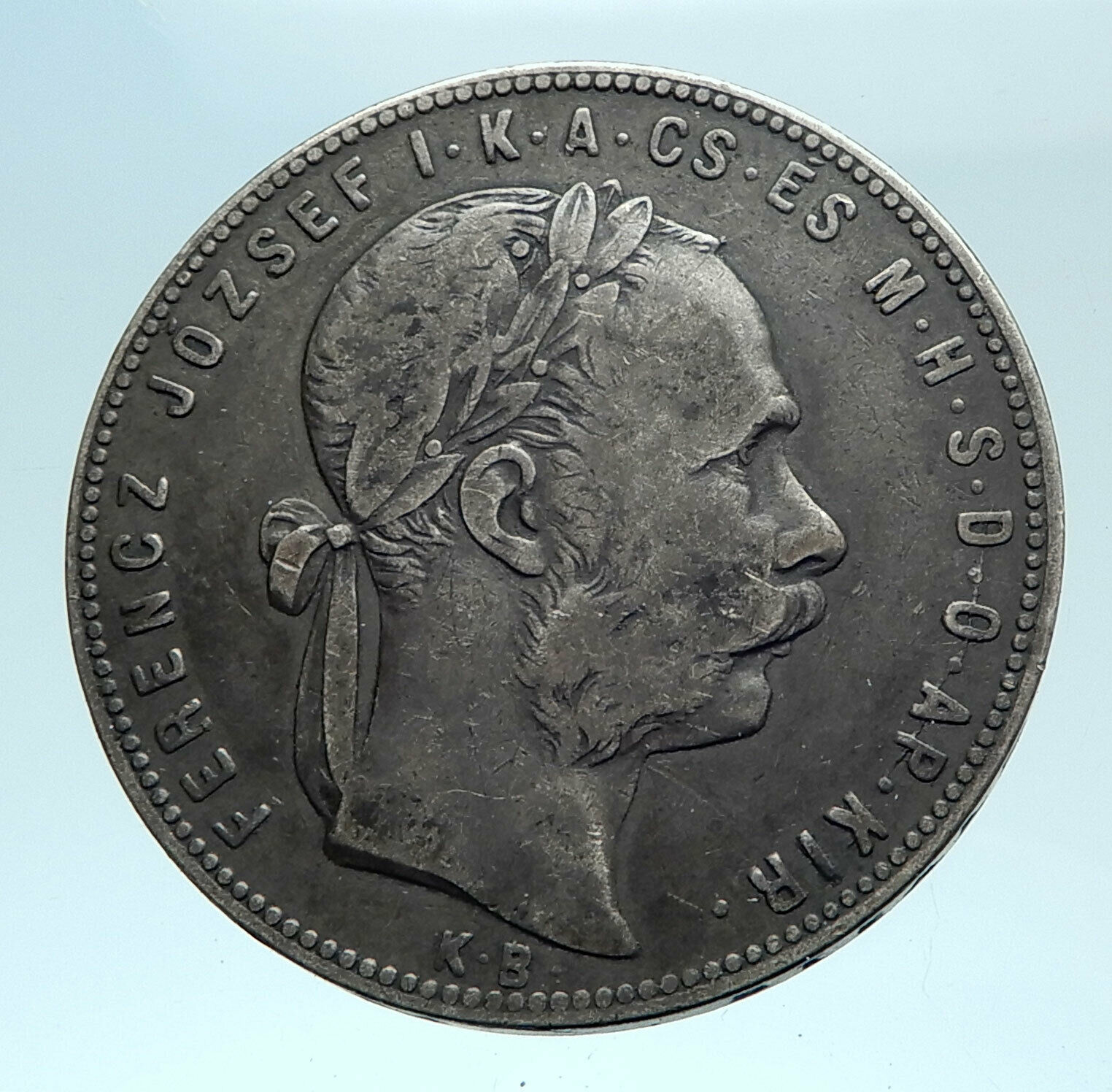|
Hungary
85th Anniversary of Zoltán Kodály
1967 BP
Silver 100 Forint 40mm (28.02 grams)
0.640 Silver (0.5761 oz. ASW)
Reference: KM#
579, ÉH# 1554, H# 2364
Certification:
NGC MS 66 3863146-012
MAGYAR
NÉPKÖZTARSASÁG 100 FORINT BP. 1967, Peacock
right.
KODÁLY ZOLTÁN · 1882-1967 ·, Zoltan facing 1/2
left.
You are bidding on the exact item pictured, provided with a Certificate of Authenticity and Lifetime Guarantee of Authenticity.
Zoltán Kodály (16 December 1882 – 6 March 1967) was a Hungarian composer, ethnomusicologist, pedagogue, linguist, and philosopher. He is well known internationally as the creator of the Kodály method of music education.
 Born in Kecskemét, Hungary, Kodály learned to play the violin as a child. Born in Kecskemét, Hungary, Kodály learned to play the violin as a child.
In 1905 he visited remote villages to collect songs, recording them on phonograph cylinders. In 1906 he wrote a thesis on Hungarian folk song, “Strophic Construction in Hungarian Folksong”. At around this time Kodály met fellow composer and compatriot Béla Bartók, whom he took under his wing and introduced to some of the methods involved in folk song collecting. The two became lifelong friends and champions of each other’s music.
All these works ] show great originality of form and content, a very interesting blend of highly sophisticated mastery of the western European style of music, including classical, late-romantic, impressionistic and modernist traditions, and on the other hand a profound knowledge and respect for the folk music of Hungary (including the Hungarian-inhabited areas of modern-day Slovakia and Romania, as those territories were part of Hungary). Partly because of the Great War and subsequent major geopolitical changes in the region, and partly because of a naturally rather diffident temperament in youth, Kodály had no major public success until 1923. This was the year when one of his best-known pieces, Psalmus Hungaricus, was given its first performance at a concert to celebrate the fiftieth anniversary of the union of Buda and Pest (Bartók’s Dance Suite premiered on the same occasion.)
Kodály’s first wife was Emma Gruber (née Schlesinger, later Sándor), the dedicatee of Ernő Dohnányi’s Waltz for piano with four hands, Op. 3, and Variations and Fugue on a theme by E.G., Op. 4 (1897). In November 1958, after 48 years of marriage, Kodály’s first wife Emma died. In December 1959, Kodály married Sarolta Péczely, his 19-year-old student at the Franz Liszt Academy of Music with whom he lived happily until his death in 1967 at the age of 84 in Budapest.
In 1966, Kodály toured the United States and gave a special lecture at Stanford University, where some of his music was performed in his presence.

 Hungary is a sovereign state in Europe. It is situated in the Carpathian Basin and is bordered by Slovakia to the north, Romania to the east, Serbia to the south, Croatia to the southwest, Slovenia to the west, Austria to the northwest, and Ukraine to the northeast. The country’s capital and largest city is Budapest. Hungary is a member of the European Union, NATO, the OECD, the Visegrád Group, and the Schengen Area. The official language is Hungarian, which is the most widely spoken non-Indo-European language in Europe. Hungary is a sovereign state in Europe. It is situated in the Carpathian Basin and is bordered by Slovakia to the north, Romania to the east, Serbia to the south, Croatia to the southwest, Slovenia to the west, Austria to the northwest, and Ukraine to the northeast. The country’s capital and largest city is Budapest. Hungary is a member of the European Union, NATO, the OECD, the Visegrád Group, and the Schengen Area. The official language is Hungarian, which is the most widely spoken non-Indo-European language in Europe.
 Following centuries of successive habitation by Celts, Romans, Huns, Slavs, Gepids, and Avars, the foundation of Hungary was laid in the late 9th century by the Hungarian grand prince Árpád in the Honfoglalás (“homeland-conquest”). His great-grandson Stephen I ascended to the throne in 1000 CE, converting the country to a Christian kingdom. By the 12th century, Hungary became a middle power within the Western world, reaching a golden age by the 15th century. Following the Battle of Mohács in 1526 and about 150 years of partial Ottoman occupation (1541-1699), Hungary came under Habsburg rule, and later formed a significant part of the Austro-Hungarian Empire (1867-1918). Following centuries of successive habitation by Celts, Romans, Huns, Slavs, Gepids, and Avars, the foundation of Hungary was laid in the late 9th century by the Hungarian grand prince Árpád in the Honfoglalás (“homeland-conquest”). His great-grandson Stephen I ascended to the throne in 1000 CE, converting the country to a Christian kingdom. By the 12th century, Hungary became a middle power within the Western world, reaching a golden age by the 15th century. Following the Battle of Mohács in 1526 and about 150 years of partial Ottoman occupation (1541-1699), Hungary came under Habsburg rule, and later formed a significant part of the Austro-Hungarian Empire (1867-1918).
Hungary’s current borders were first established by the Treaty of Trianon (1920) after World War I, when the country lost 71% of its territory, 58% of its population, and 32% of ethnic Hungarians. Following the interwar period, Hungary joined the Axis Powers in World War II, suffering significant damage and casualties. Hungary came under the influence of the Soviet Union, which contributed to the establishment of a four-decade-long communist dictatorship (1947-1989). The country gained widespread international attention regarding the Revolution of 1956 and the seminal opening of its previously-restricted border with Austria in 1989, which accelerated the collapse of the Eastern Bloc.
On 23 October 1989, Hungary again became a democratic parliamentary republic, and today has a high-income economy with a very high Human Development Index. Hungary is a popular tourist destination attracting 10.675 million tourists a year (2013). It is home to the largest thermal water cave system and the second-largest thermal lake in the world (Lake Hévíz), the largest lake in Central Europe (Lake Balaton), and the largest natural grasslands in Europe (the Hortobágy National Park).
|









 Born in Kecskemét, Hungary, Kodály learned to play the violin as a child.
Born in Kecskemét, Hungary, Kodály learned to play the violin as a child.
 Hungary is a sovereign state in Europe. It is situated in the Carpathian Basin and is bordered by Slovakia to the north, Romania to the east, Serbia to the south, Croatia to the southwest, Slovenia to the west, Austria to the northwest, and Ukraine to the northeast. The country’s capital and largest city is Budapest. Hungary is a member of the European Union, NATO, the OECD, the Visegrád Group, and the Schengen Area. The official language is Hungarian, which is the most widely spoken non-Indo-European language in Europe.
Hungary is a sovereign state in Europe. It is situated in the Carpathian Basin and is bordered by Slovakia to the north, Romania to the east, Serbia to the south, Croatia to the southwest, Slovenia to the west, Austria to the northwest, and Ukraine to the northeast. The country’s capital and largest city is Budapest. Hungary is a member of the European Union, NATO, the OECD, the Visegrád Group, and the Schengen Area. The official language is Hungarian, which is the most widely spoken non-Indo-European language in Europe. Following centuries of successive habitation by Celts, Romans, Huns, Slavs, Gepids, and Avars, the foundation of Hungary was laid in the late 9th century by the Hungarian grand prince Árpád in the Honfoglalás (“homeland-conquest”). His great-grandson Stephen I ascended to the throne in 1000 CE, converting the country to a Christian kingdom. By the 12th century, Hungary became a middle power within the Western world, reaching a golden age by the 15th century. Following the Battle of Mohács in 1526 and about 150 years of partial Ottoman occupation (1541-1699), Hungary came under Habsburg rule, and later formed a significant part of the Austro-Hungarian Empire (1867-1918).
Following centuries of successive habitation by Celts, Romans, Huns, Slavs, Gepids, and Avars, the foundation of Hungary was laid in the late 9th century by the Hungarian grand prince Árpád in the Honfoglalás (“homeland-conquest”). His great-grandson Stephen I ascended to the throne in 1000 CE, converting the country to a Christian kingdom. By the 12th century, Hungary became a middle power within the Western world, reaching a golden age by the 15th century. Following the Battle of Mohács in 1526 and about 150 years of partial Ottoman occupation (1541-1699), Hungary came under Habsburg rule, and later formed a significant part of the Austro-Hungarian Empire (1867-1918).




